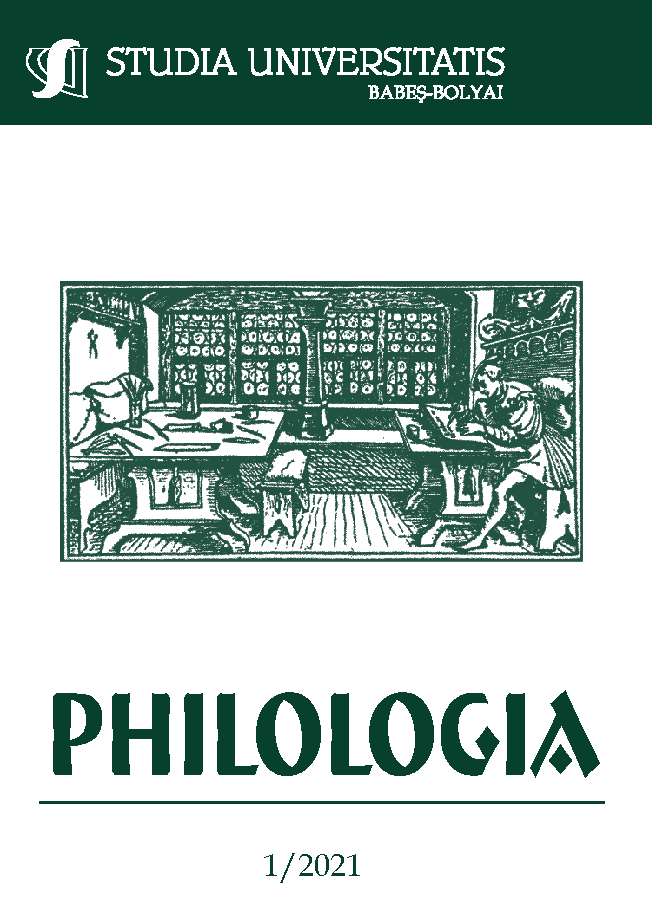EINE SEMANTISCHE KLASSIFIZIERUNG VON WEIL-SÄTZEN
A SEMANTIC CLASSIFICATION OF WEIL-CLAUSES
Author(s): Sibilla Cantarini, Chiara De BastianiSubject(s): Syntax, Semantics
Published by: Studia Universitatis Babes-Bolyai
Keywords: cause; motive; traditional grammars; semantic relations; verb-end; verb-second;
Summary/Abstract: A Semantic Classification of Weil-clauses. In the present study, we will elaborate a classification of clauses introduced by weil ‘because’; this classification combines different views on the concepts of cause and motive and their respective linguistic realization. In this paper, the three-dimensional model proposed by Sweetser (1990) will be combined with the distinction between cause and motive made in Prandi/De Santis (2011) and Prandi (2013), with the purpose of formulating a taxonomy of linguistic causality. Corpus research aimed at testing the afore-mentioned classification shows that the subordinating conjunction weil, which is usually defined as the prototypical causal subordinator in traditional grammars, introduces different conceptual relations, which would be difficult to identify without a comprehensive classification of the semantic relations introduced by this subordinator. Finally, further applications of the proposed classification involving the opposition between clauses headed by weil with verb-end and verb-second syntax will be proposed. It will be argued that the verb-second syntax serves a particular function in the encoding of semantic relations.
Journal: Studia Universitatis Babes-Bolyai - Philologia
- Issue Year: 66/2021
- Issue No: 1
- Page Range: 297-324
- Page Count: 28
- Language: German

